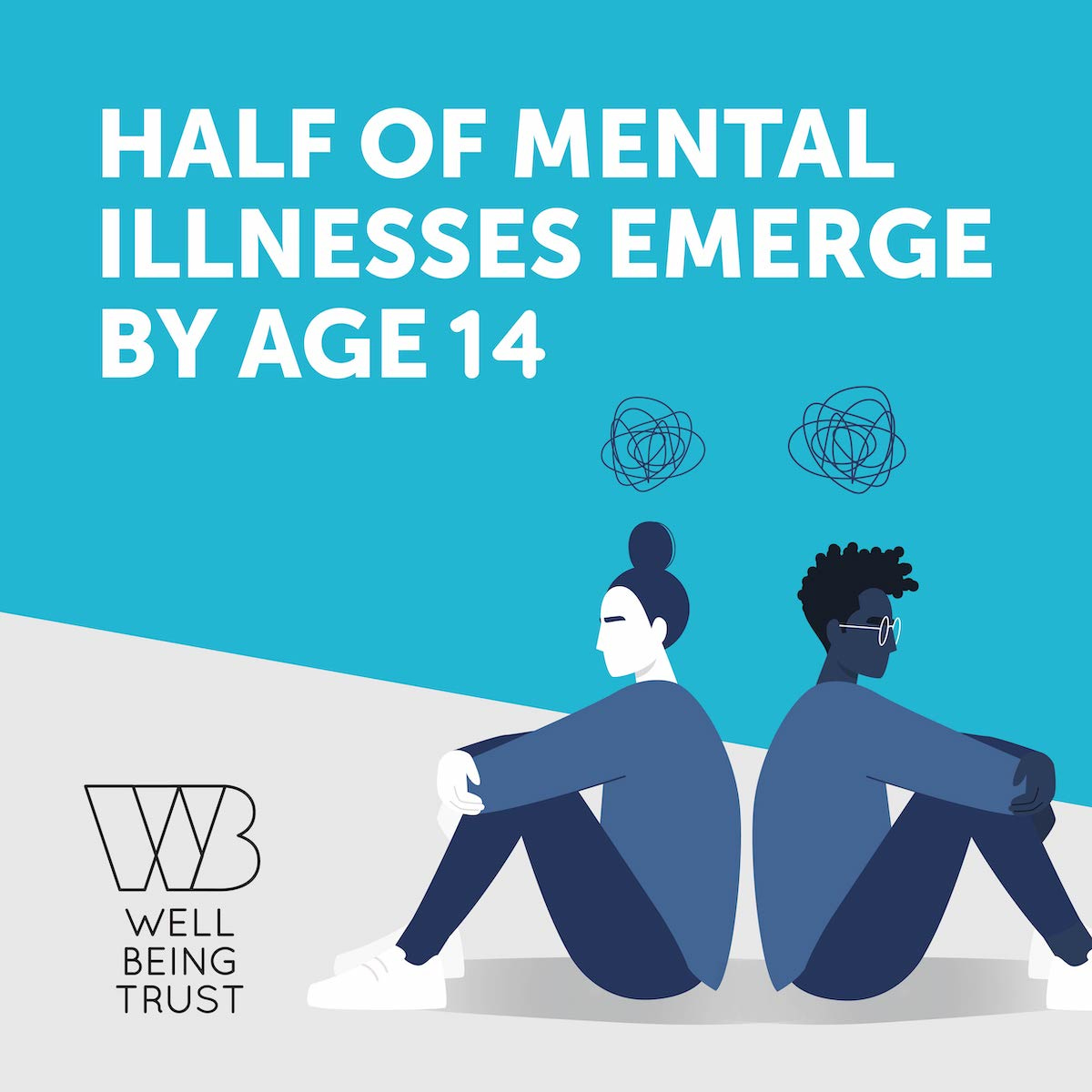We can’t control crises, but we can control our response. Here’s how.
The two keys – and countless accompanying actions – to possibly preventing tragedy
Crisis is on my mind this week. Between the trial over George Floyd’s death, the recent shooting of Daunte Wright, and the shooting that just happened in Knoxville – close to the very place I now call home – it’s clear that as a nation, we’re not doing something right. People are dying.
Trauma continues to plague us. Some days it feels like we are a nation in a perpetual state of crisis. And yet, our systems still aren’t able to fully support an infrastructure for managing the variety of crises that come our way.
Crisis care is in crisis. And as a mental health leader committed to seeing change, I can’t stay silent. I must highlight how horrible, hard-to-talk about – and for that matter, write about — events like these can be connected to our country’s lack of a mental health system and have a negative impact on our mental health, too.
If we had a mental health system with a full continuum of crisis services that provided better access to care (with a special focus on prevention), and that included a better, more integrated and robust response strategy, stories like these might not be the ones we wake up to on a weekly, if not daily basis.
BETTER ACCESS TO MENTAL HEALTH CARE
For many, this is where it all starts. And to be clear, when I say this, I’m not just talking about better access to mental health care for adults. In the public policy sphere, we sometimes assume that kids are always brought along in our journey towards change. But sadly, that’s usually not the case.
With mental health and any other long-term changes we may want to see, we should always start with our kids. Kids are our future, and so the changes we are making now should be in service to them – they should be creating the foundation for their success and well-being.
Where mental well-being is concerned, kids with even the most loving, nurturing family can fight very real, very serious battles. And while some internal struggles may have been exacerbated by COVID-induced isolation, COVID alone isn’t responsible for stats likes this: Since 2016, thoughts of suicide or self-harm have doubled among kids as young as 6-12, according to new data.
Children wrestling with thoughts and feelings like these need to have easy access to mental health staff who can screen them and treat them – or at least connect them to someone who is capable of helping. School is one of the best places to provide that option, but too few schools still lack the staff and proven interventions that could help them truly mitigate or prevent a child’s behavior from escalating or from further exacerbating underlying mental health needs.
The education system could do three core things to improve mental health for students: Mainstream universal mental health promotion; increase access to mental health resources; and establish linkages with the community so that care doesn’t stop when the school day ends. And within them, there are more than a handful of federal action items that can be found here.
But even if we were to wake up tomorrow and miraculously have made all of those recommendations, we’d still need a more robust crisis response to account for the generations of people who graduated from schools where they didn’t get the early interventions they needed. We need a more robust crisis response for those kids – and those parents – who find themselves in a situation where they just need the type of help a police response can’t bring.
BETTER, MORE ROBUST CRISIS RESPONSE STRATEGY
Crises occur when situations spiral out of control – when logic and rationale is replaced by irrational and unexplainable behavior, and when underlying issues that were never addressed compound to the point of driving a person to make poor decisions that may hurt themselves and others.
Crises are multifaceted and often complex. And when it’s a mental health crisis, we need to make sure that the response is one that allows for the situation to be deescalated without harm to the person in crisis. Note, as we highlighted just a couple of weeks ago in an entire session on crisis response, that mental health is not a crime:
We have a major need to get this right. With 988 (the three-digit mental health and suicide prevention hotline) turning on in July of next year, we need to ensure that our states and our communities are all better prepared with that continuum of crisis care than they are now. There are examples of this in certain communities, e.g. Eugene, Oregon, but work needs to be done to strengthen our standards, our financing, and our measurement of crisis care across the board.
Between now and July 2022, we should be doing these three things as well as take actions to prevent people from reaching the point of crisis. One way to do that is by encouraging individuals to stand up and fight for mental health in their community.
If mental health is not prioritized it will be left out. If mental health is not discussed, it will be forgotten.
The second thing we can do is change our approach to intervention. Arrests among people experiencing a mental health crisis are still bound to happen because the majority of law enforcement officials don’t have the proper training, nor on-the-scene support from a mental health professional. There are ways for federal officials to change that too, by way of: Authorizing the use of Medicaid matching funds for information technology investments that streamline referrals; providing planning grants and funding for trainings; and basing federal law enforcement funding on preventable arrests.
The third, though far from “final,” thing we can do to improve crisis response is create diversion programs for people who are arrested unfairly. Instead of proceeding with a hearing and sentencing, these individuals arrested because of their mental health issue should be identified and swiftly connected to the proper support before the condition worsens. Specific actions items – for creating diversion programs, and also for providing care to those incarcerated and those about to re-enter society – can be found here. We don’t want people in a mental health crisis having their first run-in with the law lead to their arrest because they are in need of help!
To hear some other amazingly helpful nuggets of wisdom, see this session on crisis by my friend, Dr. Ashwin Vasan, CEO of Fountain House:
In conclusion, there will always be crises. No matter how good we get at prevention, things will happen that lead to a place where a person is in urgent need of help. We can decrease crises - and that should be our goal - but we must also have a plan for when there is one.
And while we grapple with the current events I mentioned earlier, this is our moment to redefine our response. Now is the time to see that the way that the system is currently set up isn’t working.
Could crisis response be a “Trojan horse” for broader systemic reform? I think so.







Hi Ben! Thanks for sharing this. The recent events, including last night's in Indianapolis have been weighing on me as well. In all honesty, it adds a new level of fear to re-starting "normal" life (going to the grocery story, concert, work even) for many people. One thing I was surprised that you didn't mention and that I'd love your take on is the intersectionality of gender roles and these tragedies. 98% of mass shootings have been committed by men. We also know that men are far less likely to access resources and treatment for mental health due to traditional gender roles. Will better access to MH care and crisis strategies have the desired impact without addressing the masculinity crisis which prevents men from tapping into these services even when they do exist? Diversion programs might have an impact here, but it still feels like too little too late. Just something I've been pondering and feel like it needs to be a part if this dialog. Thanks, as always, for your insights!